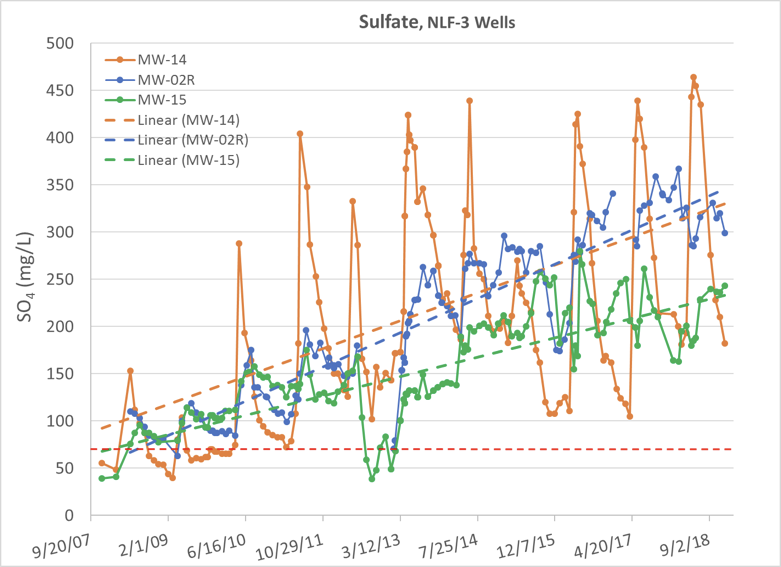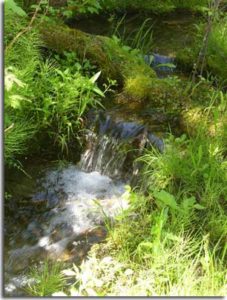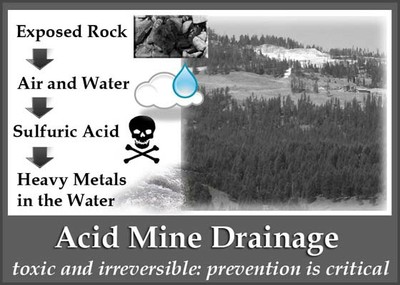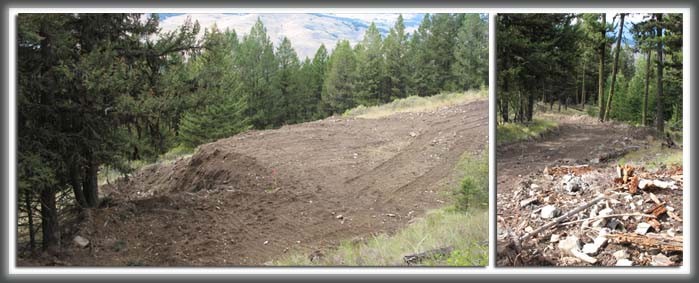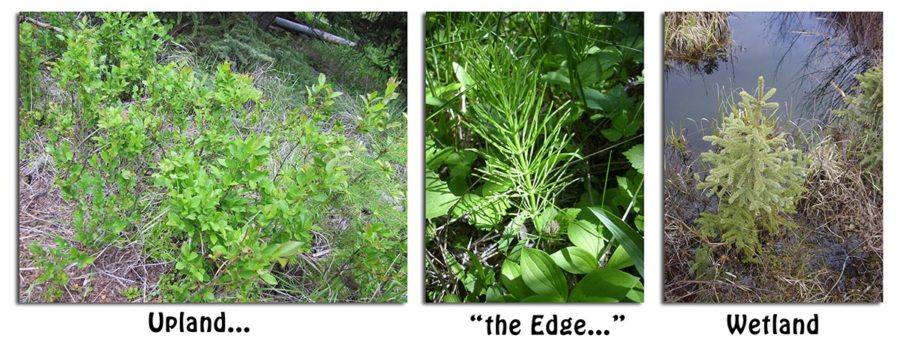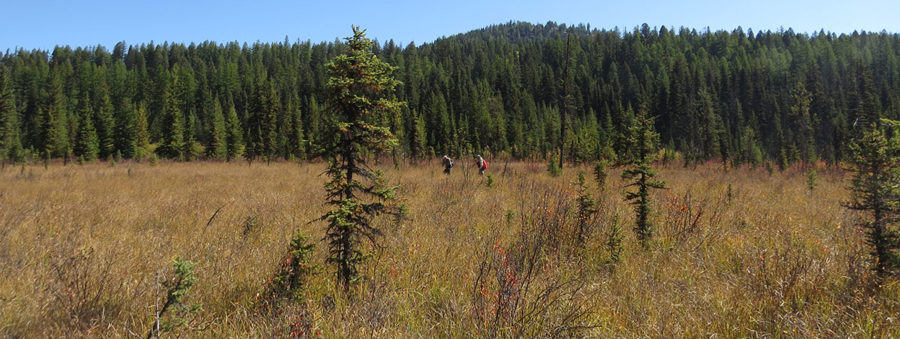Problems with Closure of the Buckhorn Mine
The plans for mine closure have been written by the mining company in such a way that there is little to no accountability. Many years in the future, regulators and mining company personnel—who are not currently involved with the Buckhorn Mine closure process—will have to manage the mine and will base their actions on the directions provided in the closure documents (see Plans ). Ecology should ensure that the plans are clear, current, and contain the best information and guidance possible.
There is no plan to determine the pathways of mine contaminants that are currently escaping the capture and treatment system, so that pollution can be reduced and/or eliminated. The closure documents talk about working with Ecology but fail to provide specific actions that would mitigate the contamination escaping capture or any mechanism to determine if mitigation is effective.
The main activity of closure is recirculating water in the underground mine. This involves pumping polluted mine water from the mine through the treatment facility and discharging it back into the mountain. Over time, this would likely improve water quality; however, this activity would draw down the water table each year to accommodate the spring freshet. This runs contrary to the strategy that was analyzed and reviewed when the mine was originally planned. The Environmental Impact Statement states that the Gold Bowl Zone is expected to flood within a few years after cessation of mining, thus limiting exposure of the reactive rock that is already found in higher proportion there.
A portion of the waste rock from blasting the Buckhorn Mine was identified as Potentially Acid Generating (PAG), or capable of forming acid that can then leach metals and lead to degradation of aquatic resources. As a way of preventing the PAG rock from forming acid, it was placed in the Gold Bowl section of the underground mine, which will be allowed to flood, minimizing oxidation and preventing the sulfide rock from becoming acidic. Unfortunately, Ecology has approved a Closure Plan that includes lowering the water level in the mine each spring to accommodate spring runoff. The drawdown will expose PAG rock and release additional pollutants into the groundwater. Exposing PAG rock increases the risk of triggering acid mine drainage, which would further degrade water quality on Buckhorn Mountain.
The Closure Plan approval letter includes the prediction that five freshets will be adequate to return the site to natural hydrologic function. It states that Ecology expects the water treatment and recirculation facilities to remain functional during that time. Voicing agency expectations does not provide the public with protection. An expectation is not a requirement. Ecology should require a plan that the mining company will follow if water quality degrades, and should provide clear criteria for when the treatment facilities may be removed. The current approval letter implies that facilities could be removed after five freshets. What if the water still needs treatment at that time? The Closure Plan mentions using adaptive management, but there are no specific benchmarks, timelines, or actions. Adaptive management is a structured decision making process that takes into account the uncertainty inherent in natural resource management. There should be a Closure Adaptive Management Plan that outlines the steps that will be triggered by various potential outcomes. In addition to providing requirements, Ecology must define what natural hydrologic function means.
The Closure Plan uses water quality and groundwater levels to define the post-closure period; as a result, the actual timeframe for this period is fluid. Since groundwater in the region has significant seasonal variation, groundwater level is not an appropriate criteria. Water quality should be used — but needs adaptive management contingencies if water quality degrades.
Long-term water quality may be affected by seepage of poor-quality water from the Damaged Rock Zone located above the water table. This probability is not considered in the Closure Plan and is a significant, unacceptable omission.
The mine’s discharge permit requires various mine-related plans (adaptive management and hydrologic monitoring) be updated to reflect current conditions. Ecology must hold the mining company accountable for these updated plans.
Monitoring should continue until permit water quality is maintained continuously for 10 years.
